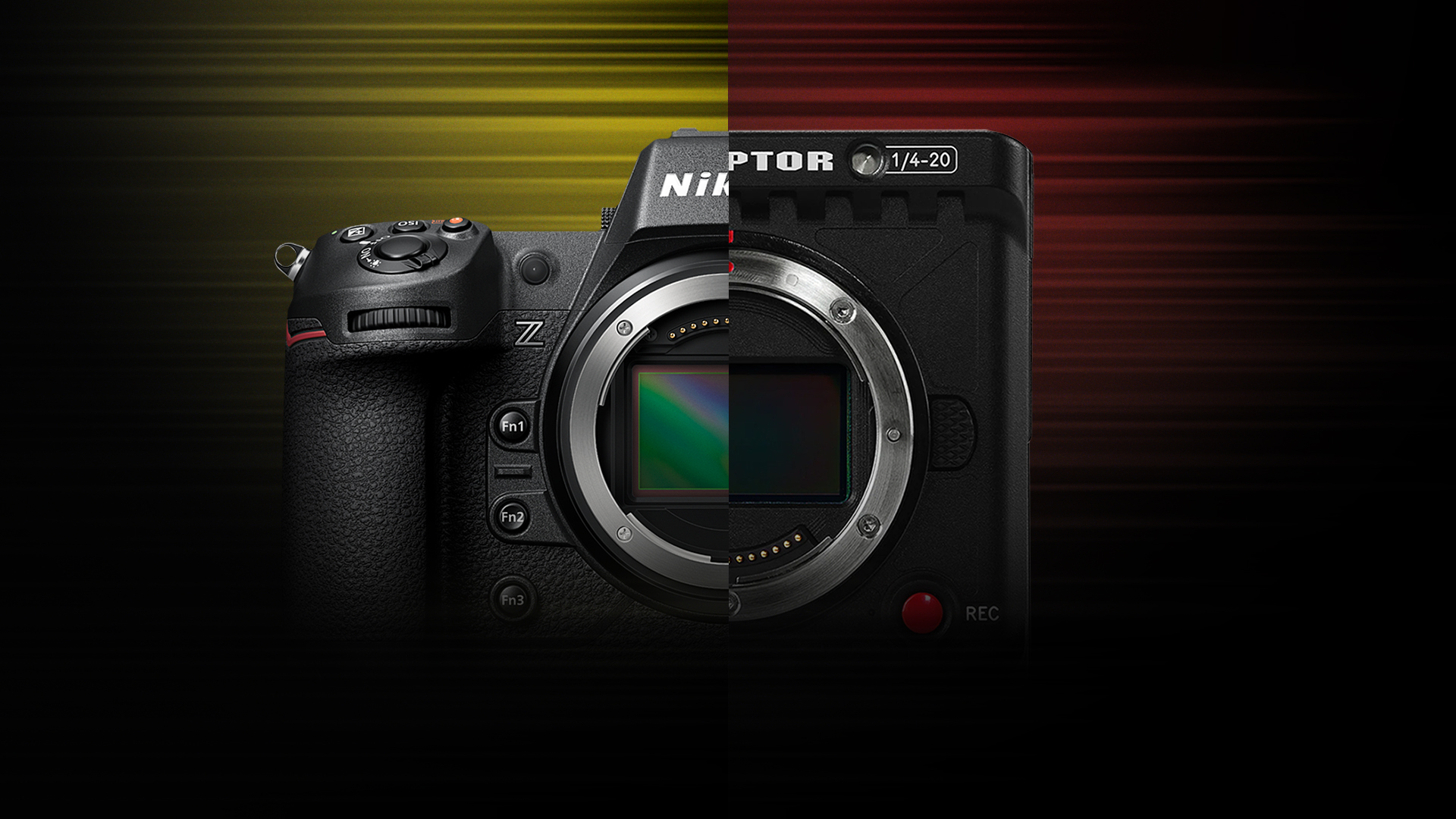In a shocking move, Japanese tech giant Nikon recently announced the acquisition of RED Digital Cinema, thus sparking all sorts of reactions within our filmmaking world. As the dust begins to settle, we took some time to objectively analyze the state of technology on both sides of the Pacific Ocean, and draw up a wishlist of features we would like to see implemented in future RED (and Nikon) cameras. By the way, don’t hesitate to let us know your own expectations by answering our latest poll on the topic here.
The unexpected announcement seems to have split the world in half. On one side, some are afraid that a traditional company like Nikon can somewhat alter the rebellious, disruptive nature of RED. On the other hand, a team of opponents affirm that this merger can only lead to positive outcomes, tech-wise speaking. To be honest with you, I tend to lean towards the latter group.
Having worked with both RED DSMC3 cameras and the Nikon Z 9, I got to know the pros and cons of each system firsthand. Thus, I feel confident saying that the two brands offer different tools for such different jobs that the technologies at their disposal have the potential to come together in a perfect alignment of stars.
Following the acquisition, the president of RED, Jarred Land, informally jumped on a spur-of-the-moment conversation with Scott Balkum and Phil Holland (video above). As he puts it in this insightful talk – that you should truly watch in its entirety – this marriage “gives both companies exactly what both were lacking”. But before investigating how Nikon and their now wholly-owned subsidiary RED could create a thriving common ground of technologies, let’s get…
…the infamous compressed RAW patent dispute…
…out of the way first. As you probably know, RED holds a patent over in-camera RAW video compression, and often initiated legal proceedings against their competitors, including Nikon, for infringing on their intellectual property. As a result, the Californian brand has long been accused of holding back the entire industry with their patent.
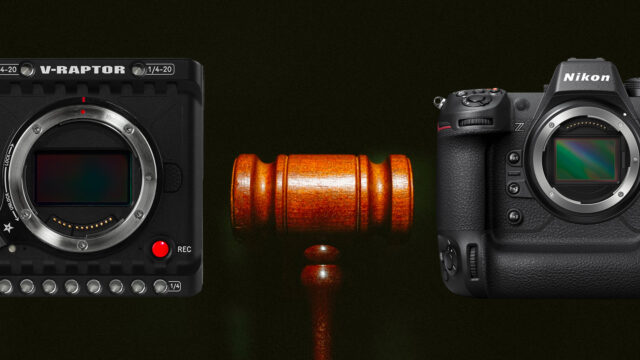
However, in his first video appearance after the acquisition, Jarred Land affirms that the recent events have “nothing to do with the patent stuff”. He adds that:
“every company that matters, we’ve already licensed to. You haven’t heard about most of them […]. Companies develop and keep things confidential, but all those people that are mad that their company doesn’t have compressed RAW… they actually do. They just haven’t shown, or developed, or released it yet”.
Jarred Land – President of RED Digital Cinema
Of course, this statement represents a complete shift in perspective and hints towards interesting times industry-wise for camera manufacturers.
Dear Nikon, please put these tools into a RED camera
Now, without any further ado, let’s open up some room for the imagination. So, “Dear Nikon…”, here’s my personal wishlist of features – in no particular order – that I’d like to see in the next generation of RED cameras:
1) Z mount with locking ring and electronic communication
Although there’s no official information about the adoption of Nikon’s proprietary lens mount for future RED products, my feeling is that, sooner or later, we’ll need to be prepared for this transition. In the end, it’s in Nikon’s best interests to sell their ever-growing collection of Z mount glass.
Undoubtedly, this transition may be painful for those who already invested in a series of Canon RF mount lenses. However, most people are already adapting PL mount glass on their RED DSMC3 bodies, and the switch to Z mount won’t happen overnight anyway.
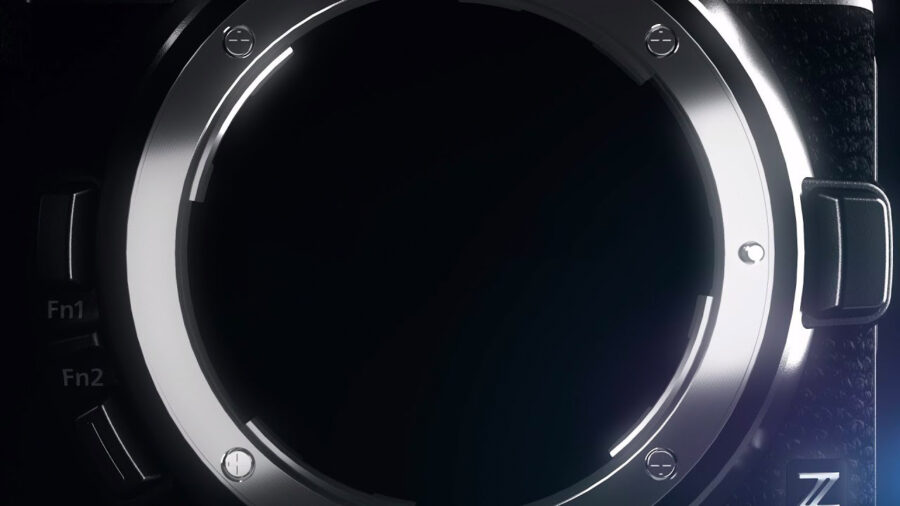
On the other hand, the Z mount system now has an opportunity to finally prove itself to be the most flexible solution on the market. With a flange distance of only 16mm, it allows you to adapt pretty much every lens that was ever produced on this planet. So, for me, it’s hard to look at this probable change to Z mount as a bad thing.
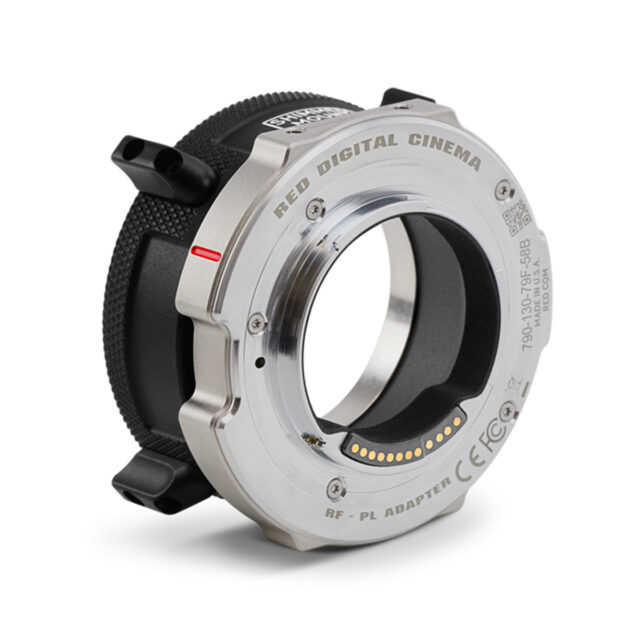
Moreover, the adoption of a Z mount with electronic communication would allow RED to replicate what they did with their RF to PL mount adapter for DSMC3 cameras, supporting lens data communication for high-end cinema applications.
2) Nikon’s hybrid autofocus technology
As a natural consequence of a possible shift to Z mount, future RED cameras could borrow better hybrid AF technology from Nikon. RED already dipped their toes into the “autofocus sea” with their DSMC3 cameras, including features such as in-app (original KOMODO) or in-camera (V-RAPTOR / KOMODO-X) face detection AF, which can be very useful for solo shooters. However, developing this tool from the ground up is a time-consuming, resource-intensive task.
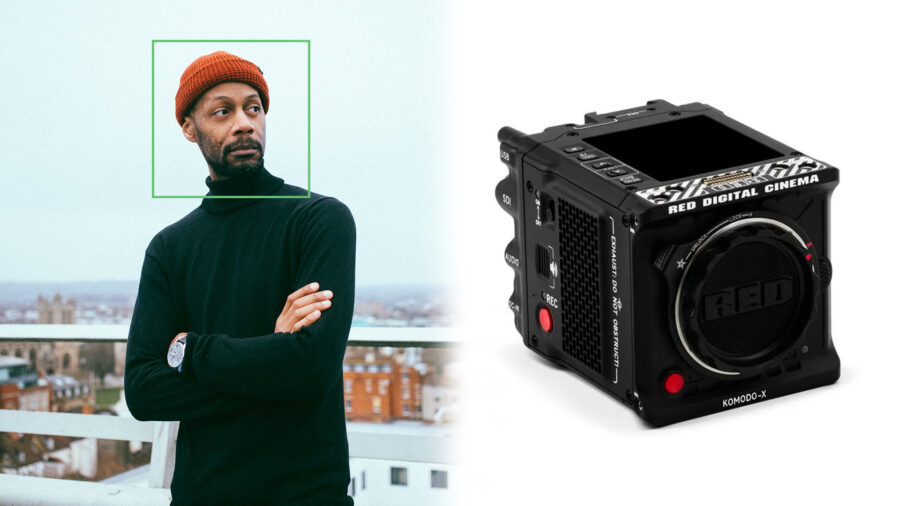
On the other side, Nikon’s hybrid phase-detection/contrast AF technology is a much riper fruit that has all it takes to compete with the likes of Canon’s Dual Pixel or Sony’s Fast Hybrid AF. Compared to RED’s system, Nikon offers much more granular control over AF settings, better tracking options, and most importantly, already delivers incredible results – as you can tell from the test clip below that I shot with the Z 9 and the NIKKOR Z 100-400mm f/4.5-5.6 VR S.
3) H.265 10-bit encoding
While the patented REDCODE RAW is a fantastic format to work with, and all DSMC3 cameras already offer ProRes as an alternative, RED users could benefit from the addition of H.265 encoding for at least 3 different reasons: a) it would provide more manageable file sizes for projects that don’t require RAW, b) it could help streamline proxy workflows, c) it could speed up Camera-to-Cloud uploads.
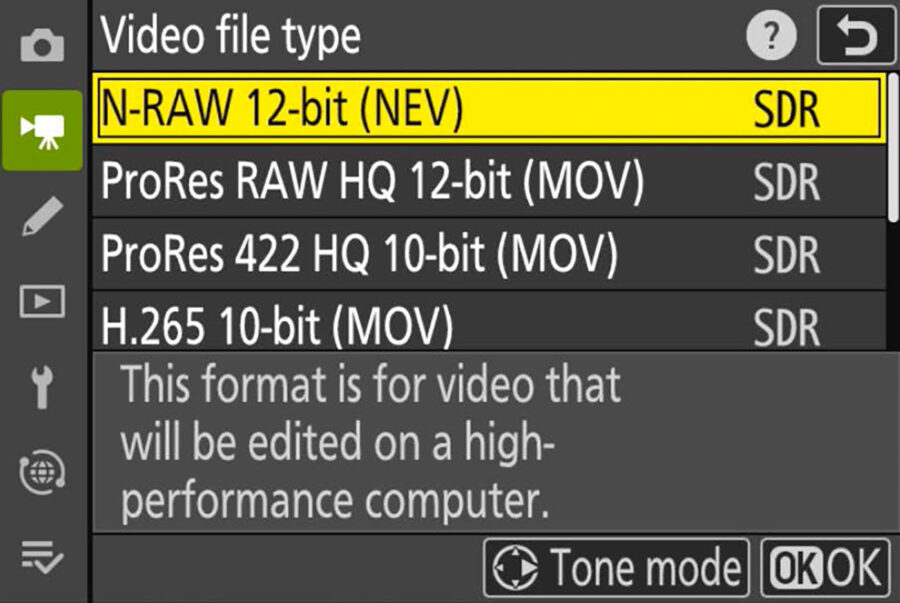
4) In-body stabilization
Another Z 9 feature that I find extremely useful, especially when working with long lenses, is its 5-axis in-body image stabilization. With the BURANO, Sony proved that it is possible to combine a PL mount, IBIS, and a variable electronic ND filter into the same body.
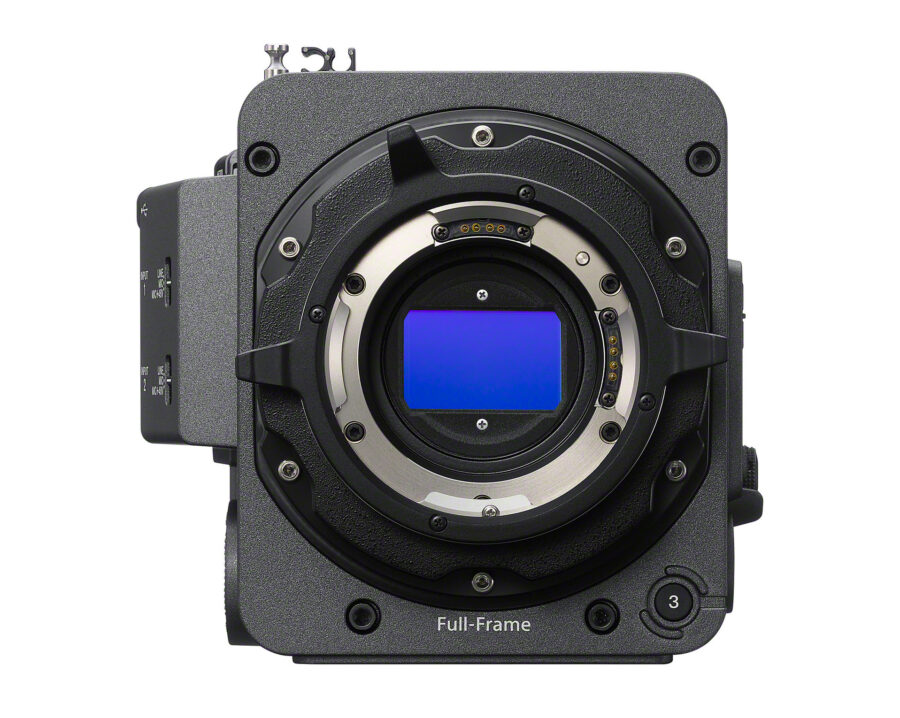
Coming pretty late to the party, the V-RAPTOR XL is the first RED camera to keep PL-mount and electronic NDs under the same roof. However, IBIS is still a missing piece for RED. And considering how hard of an engineering challenge it is to put all the pieces of the puzzle together (it took Sony 5+ years to develop what you see in the BURANO), only a big corporation like Nikon can give RED the boost it needs here.
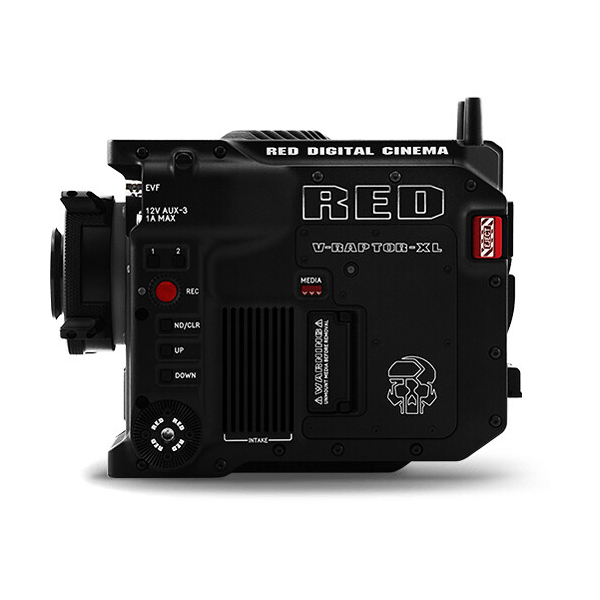
5) Smart video-centric features
Via regular firmware updates, Nikon equipped their flagship Z 9 camera with a series of video-oriented features that would be interesting to see in a proper cinema camera.
Among my favorites is the “Hi-Res” digital zoom function – added with firmware V3.0. It allows you to exploit the sensor’s 8K resolution to digitally zoom in while capturing 4K or FullHD footage, effectively turning prime lenses into parfocal zooms. This could be a nice match for ProRes, or possibly H.265, recording on future RED cameras.
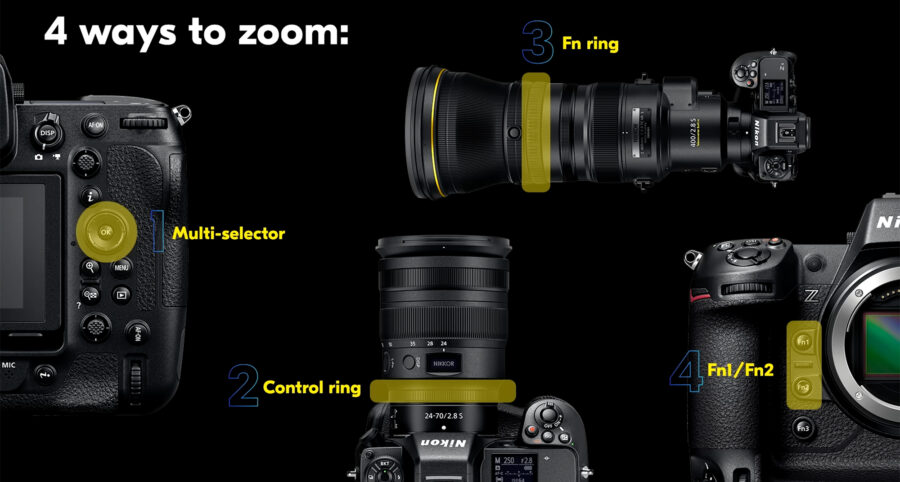
Or the “Auto Capture” function – introduced with firmware V4.0 – that enables you to pre-program the camera to automatically trigger when 3 user-determined criteria are met (Motion / Distance / Subject Detection). Pair this with RED’s existing pre-record function, and you have the ultimate tool for sports and wildlife videographers.
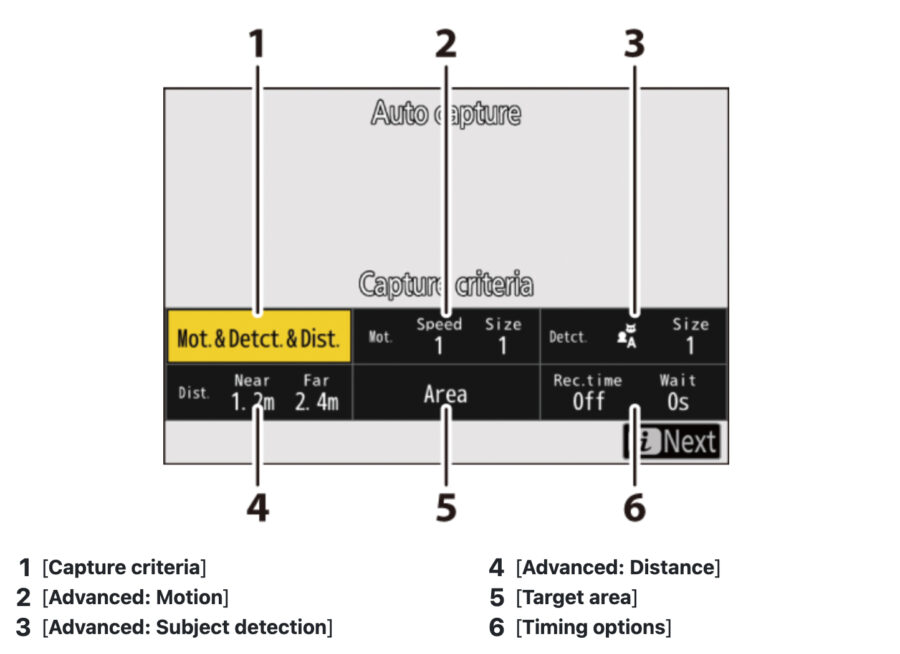
6) Sensor shield protection
As small of an improvement as this may seem, having a shield to protect the image sensor from dust or small debris can be a game-changer. On the Z 9, this function only kicks in when the camera is turned off, but it’s still a nice-to-have feature when performing lens changes out in the wild. Currently, no cinema camera offers a similar solution.
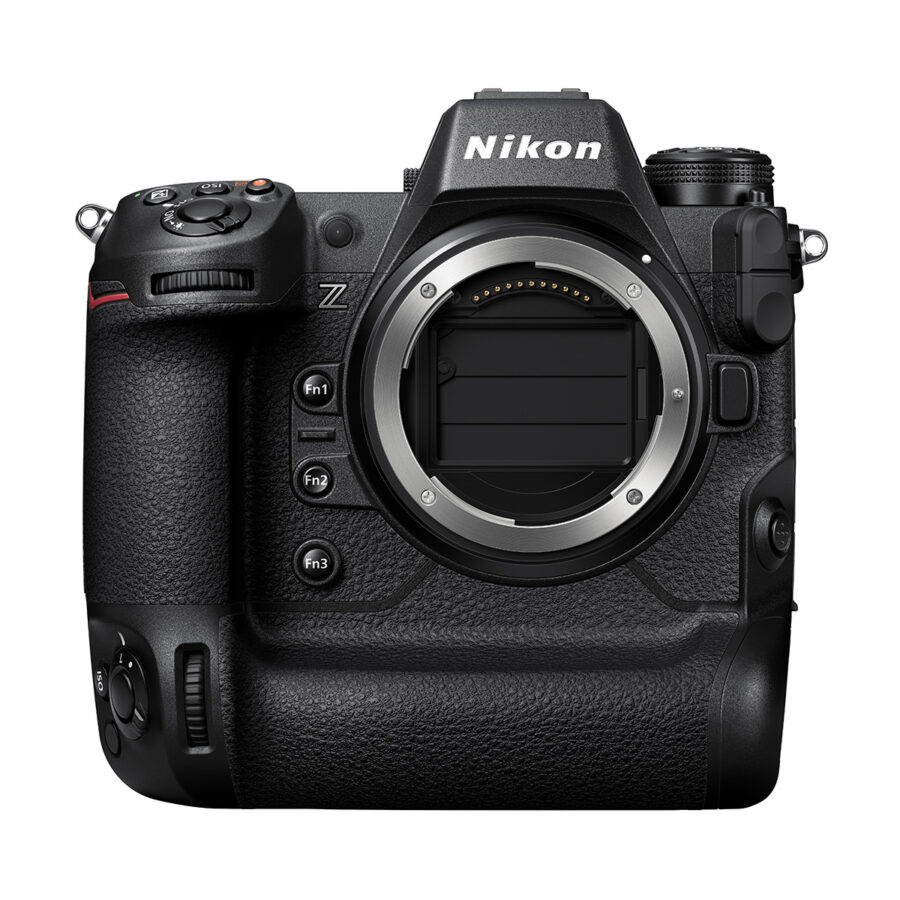
7) Improved boot-up times
While this may not be a top priority for RED shooters often working in a studio or a sound stage, I’m sure it is for people like me who often shoot sports in remote outdoor locations, when you need to save battery life and cannot afford to keep your camera on all the time or bring an extra set of batteries.
While following the 12G SDI protocol has never been a huge issue for me, having to wait 40 seconds for my KOMODO to boot up is just tedious, whereas with other cameras like the Sony FX6, for example, you’re pretty much up and running with the flip of a switch.
What about a Nikkor cine lens set?
One of Nikon’s greatest strengths is their 100+ years of expertise in the development of optics. Many vintage lens enthusiasts are constantly after the best copies of their AI-S lenses. But the Japanese company already boasts some impressive glass in their modern Z-mount lineup, like the NIKKOR Z 58mm f/0.95 S Noct or the 135mm f/1.8 S Plena – that I recently had the opportunity to test.
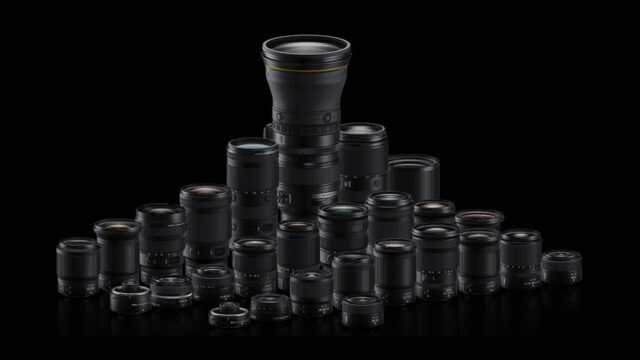
Although these lenses are designed with a stills-first approach and are not strictly related to my wish list of camera features, a rehoused, cinema-oriented version of Nikon S-Line primes (and zooms) would make for an impressive set of optical tools. Autofocus cine lenses, anyone?
Thoughts on Nikon’s future
To level the playing field a bit, let’s top off our conversation with a few considerations on the impact that this acquisition might have on future Nikon products. Personally, I don’t think we’ll ever see a cinema, box-style camera from Nikon, at least in the near future – as this could potentially damage their recently acquired subsidiary. However, there are a few aspects that are worth considering when thinking about future Z mount hybrid mirrorless cameras.
- Global Shutter
While Sony jumped on the highest step of the podium by launching the first full-frame camera to ever feature a global shutter sensor with the a9 III, Nikon now has the opportunity to exploit RED’s hard-earned skills in this field.The a9 III scored pretty decent results in our Lab Test for a global shutter camera. However, after the KOMODO experience, RED now truly seems to have mastered this technology, as they can confidently say that their newly launched V-RAPTOR [X] with a global shutter has almost the same dynamic range as the original, rolling shutter Raptor (our Lab Test here).
![RED V-RAPTOR [X] features the first 8K Vista Vision global shutter sensors in a cinema camera](https://www.cined.com/content/uploads/2024/01/RED-V-RAPTOR-X-front-900x900.jpeg)
- What’s the future of N-RAW?
Although Nikon now has a clear path to further develop N-RAW, I have mixed feelings about the future of this format. On one hand, Nikon is rumored to be working on a better log curve for N-RAW and has also improved their N-Log LUT along the way to provide better results.Still, N-RAW is currently only supported in DaVinci Resolve, and quite surprisingly, Principal Product Manager for Adobe Audio & Video – Fergus Hammond – recently announced that they have paused work on adding N-RAW support to their products. This, of course, makes me wonder if Nikon has new plans on the horizon for in-camera RAW video compression.
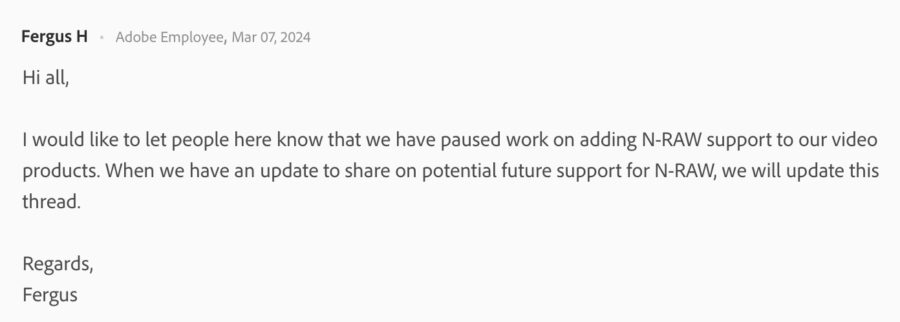
- Possible video improvements for future Nikon mirrorless cameras
With the Nikon Z 9 and Z 8, Nikon proved that they could compete in a league that they previously struggled to get into. However, their cameras are still missing quite a few essential functionalities for video shooters. Shutter angle, anamorphic de-squeeze, and a proper false color exposure tool are just a few examples. Luckily, Nikon’s firmware update game is strong, so we might be able to see some of these features come to the Z 9 and Z 8 in the next few months.
What do you think of Nikon acquiring RED? What features would you like to see in the next generation of RED and Nikon cameras? Don’t hesitate to let us know your thoughts in the comment section down below!

Laura Adams is a tech enthusiast residing in the UK. Her articles cover the latest technological innovations, from AI to consumer gadgets, providing readers with a glimpse into the future of technology.

